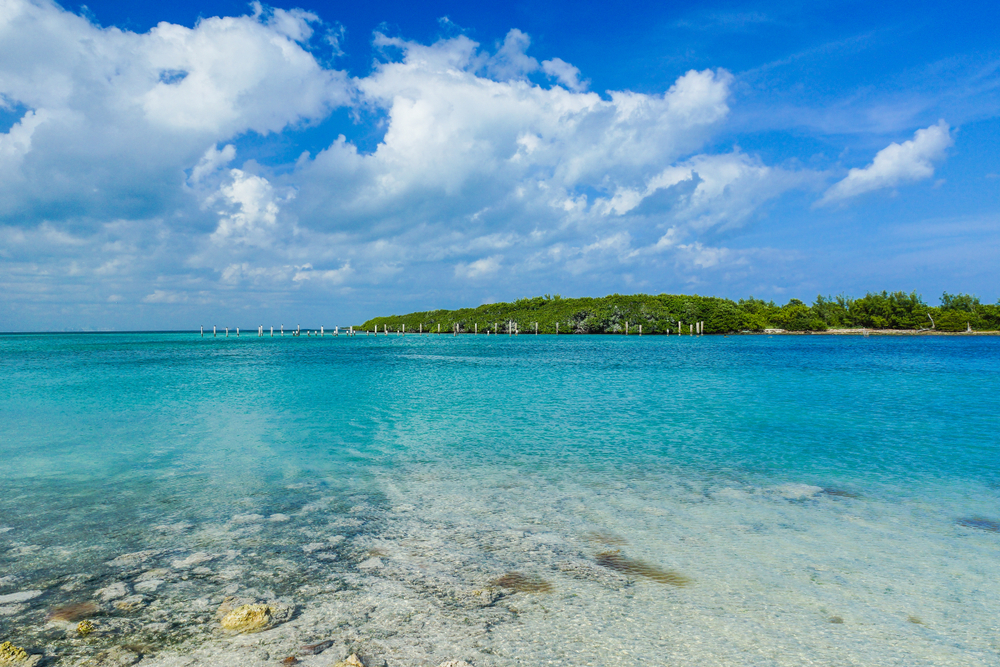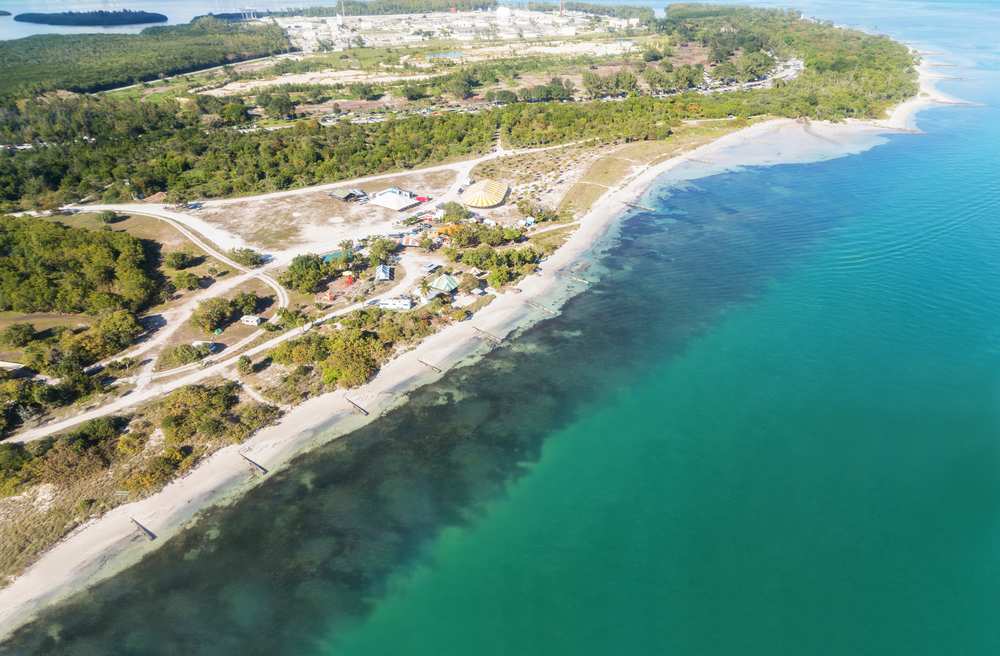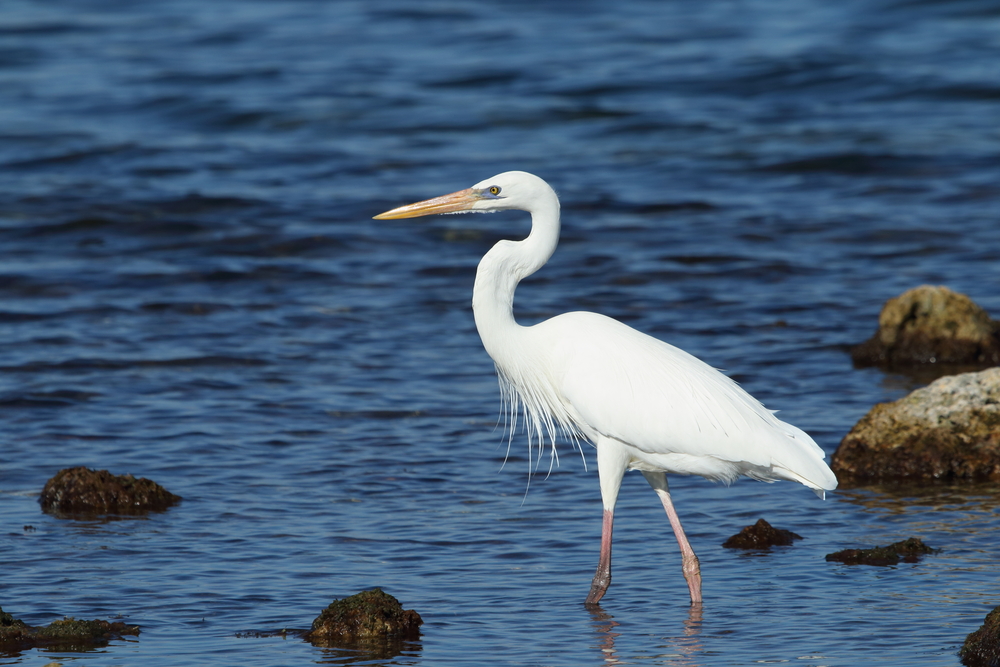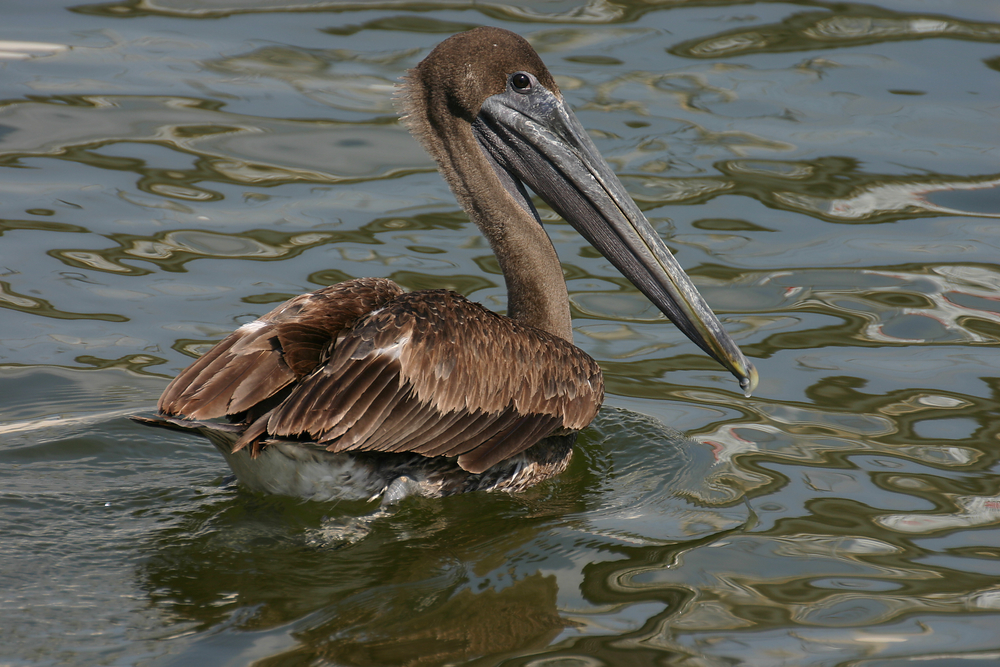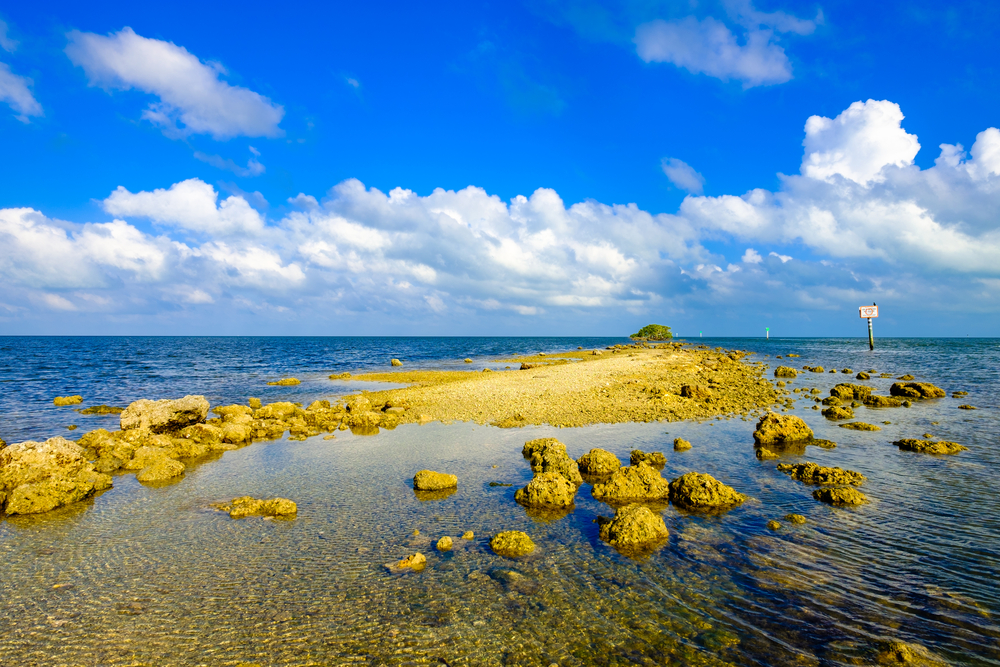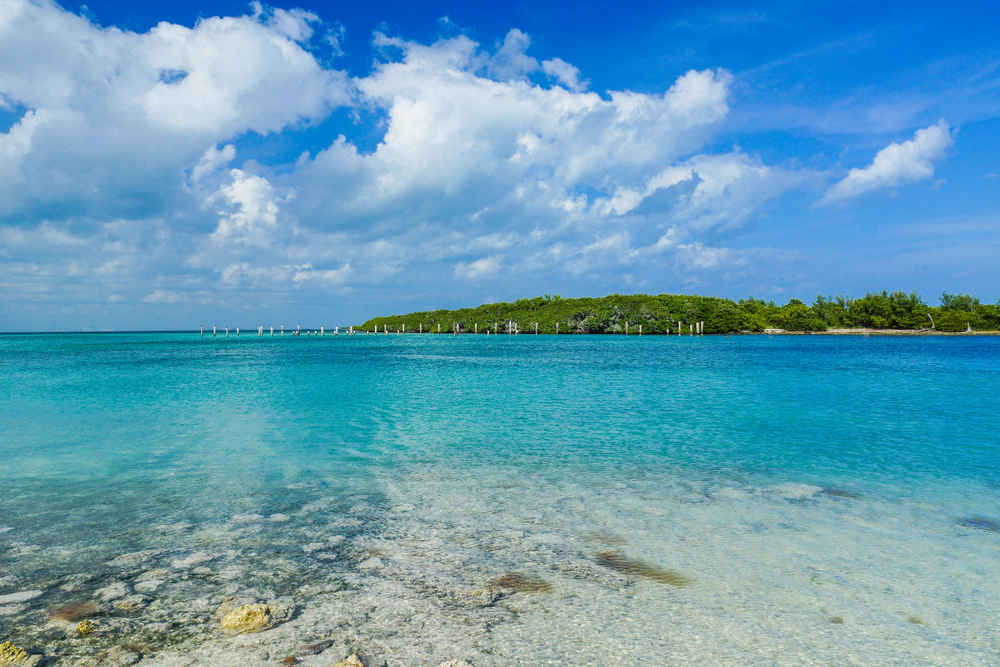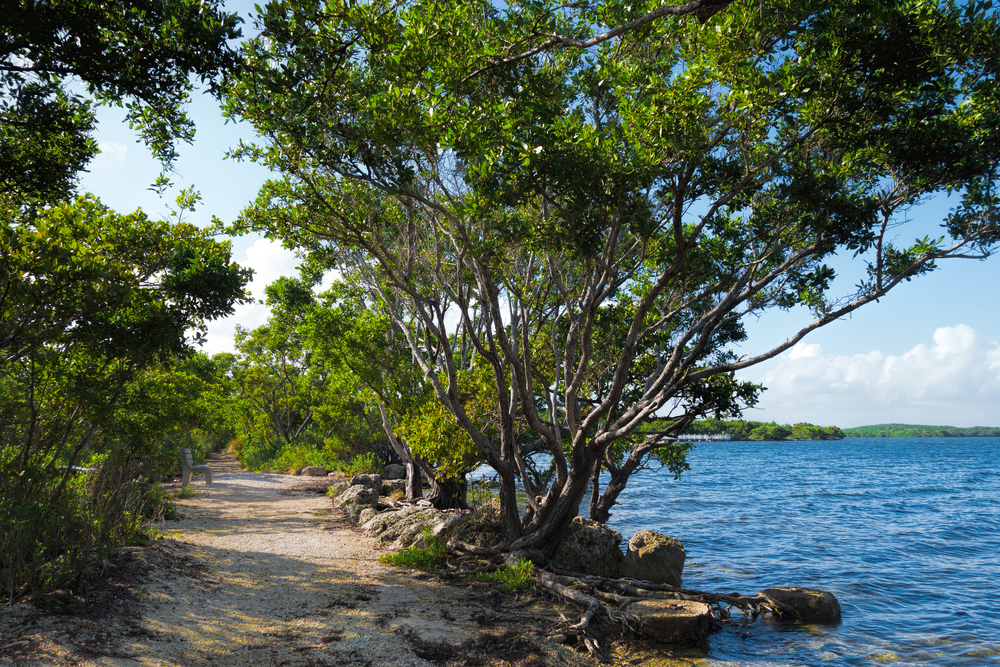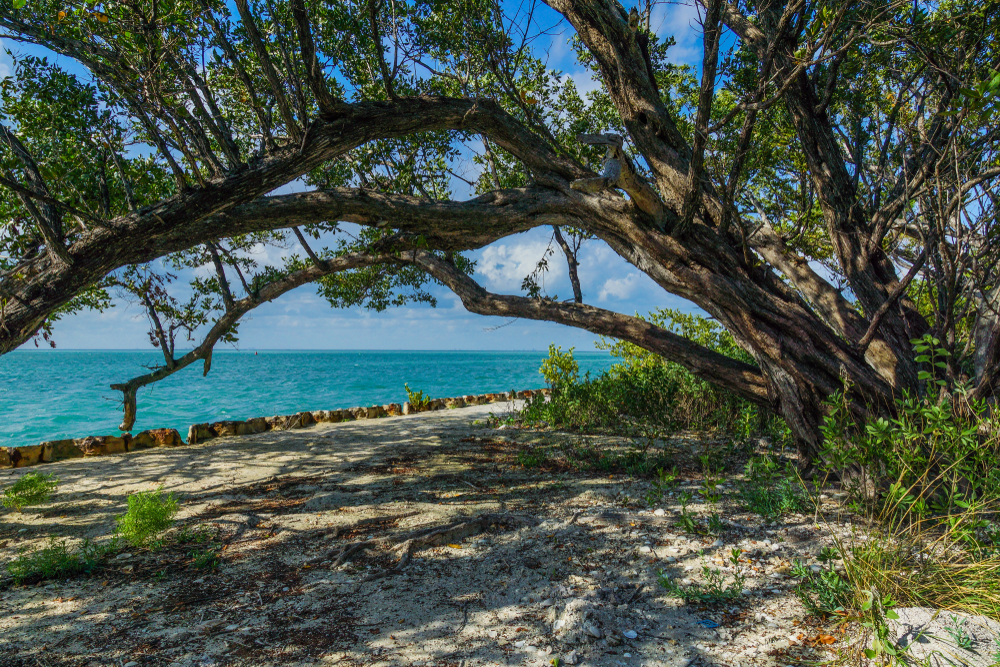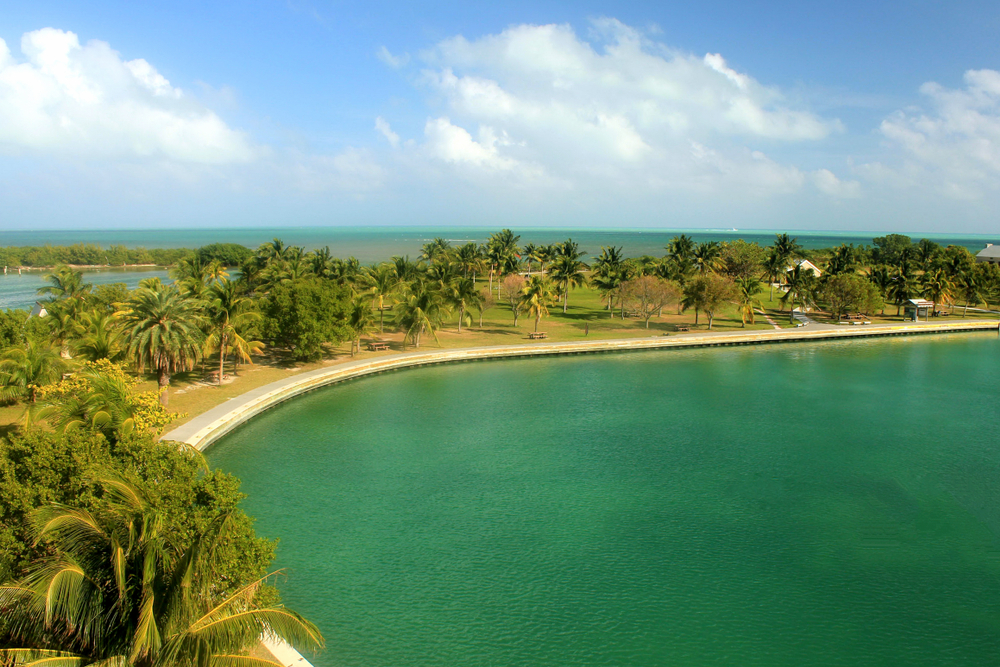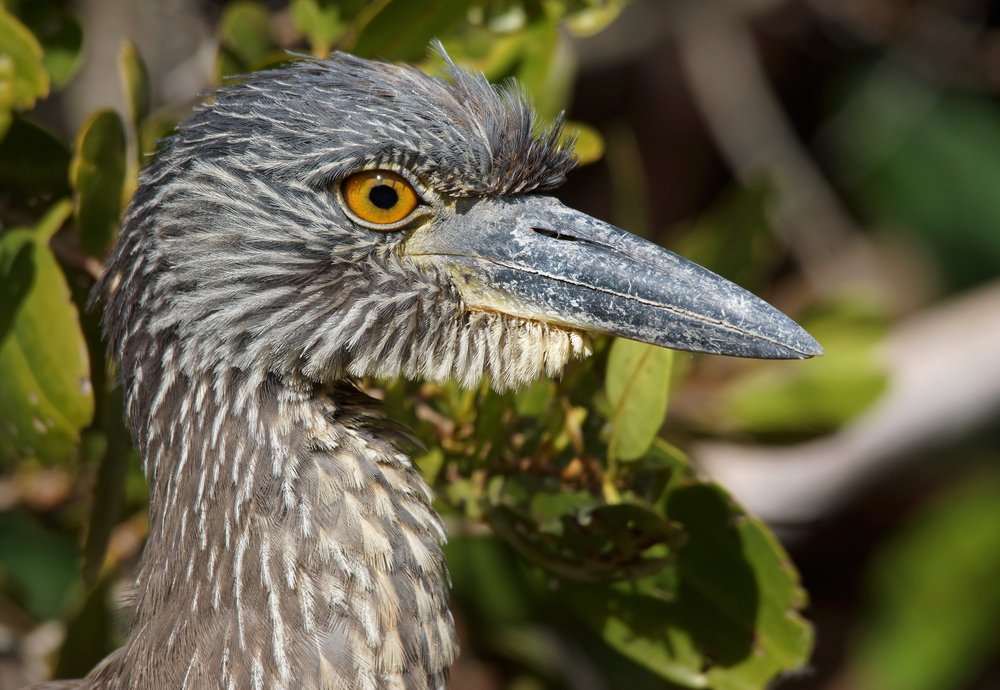Biscayne National Park is located in the southeastern United States on the southern tip of the state of Florida. The national park boundaries encompass an area of 270.3 square miles (700 sq km) with approximately 95% of the park accounted for by water.
The park encloses a massive mangrove forest and the island of Elliot Key. It is the largest island north of Key Largo and it represents the furthest point north of the Florida Keys. Elliot Key was developed from layers of fossilized coral reef.
Biscayne National Park protects the Florida Reef which is the only living coral barrier reef along the coastline of the contiguous 48 states. It extends across an area of 170 miles (270 km) in length and 4 miles ( km ) wide making it the third-largest barrier coral reef in the world after the Great Barrier Reef in Australia and the barrier reef off the coast of Belize.
Along with the Florida Reef, the park also protects three other ecosystems which include the aforementioned mangrove forest, the shallow waters of Biscayne Bay, and the coral limestone keys.
There are over 200 species of fish found within the Florida Reef. More importantly, the park is home to smalltooth sawfish, manatees, green sea turtles, hawksbill sea turtles, and the American crocodiles which are all threatened or endangered.
Other fascinating creatures that might be experienced through a snorkel and scuba-diving excursion include sea slugs, reef octopus, reef squid, sea hares, and giant blue land crabs.
Flamingos are one of the more popular tropical bird sightings, but raptor and predator bird species include bald eagles, osprey, peregrine falcons, short-tailed hawks, sharp-shinned hawks, merlins, and swallow-tailed kites.
Photos
Things to See
Biscayne National Park Trails
The majority of the national park is accounted for by water which makes trail possibilities for hiking rather limited. However, there are 5 walking or hiking trails. These make for nice escapes from the traditional swimming, snorkeling, and other water-related activities.
Sources
- Britannica, Biscayne National Park, https://www.britannica.com/place/Biscayne-National-Park, retrieved March 2020.
- National Geographic, Dive into the World’s Third Longest Coral Reef, https://www.nationalgeographic.com/travel/national-parks/biscayne-national-…, retrieved March 2020.
- National Park Foundation, An Aquamarine Paradise, https://www.nationalparks.org/explore-parks/biscayne-national-park, retrieved March 2020.
- National Park Service, Biscayne National Park, https://www.nps.gov/bisc/planyourvisit/index.htm, retrieved March 2020.
- Travel & Leisure, Biscayne National Park is 95% Underwater – That’s Exactly Why You Need to See It, https://www.travelandleisure.com/trip-ideas/national-parks/biscayne-nationa…, retrieved March 2020.
